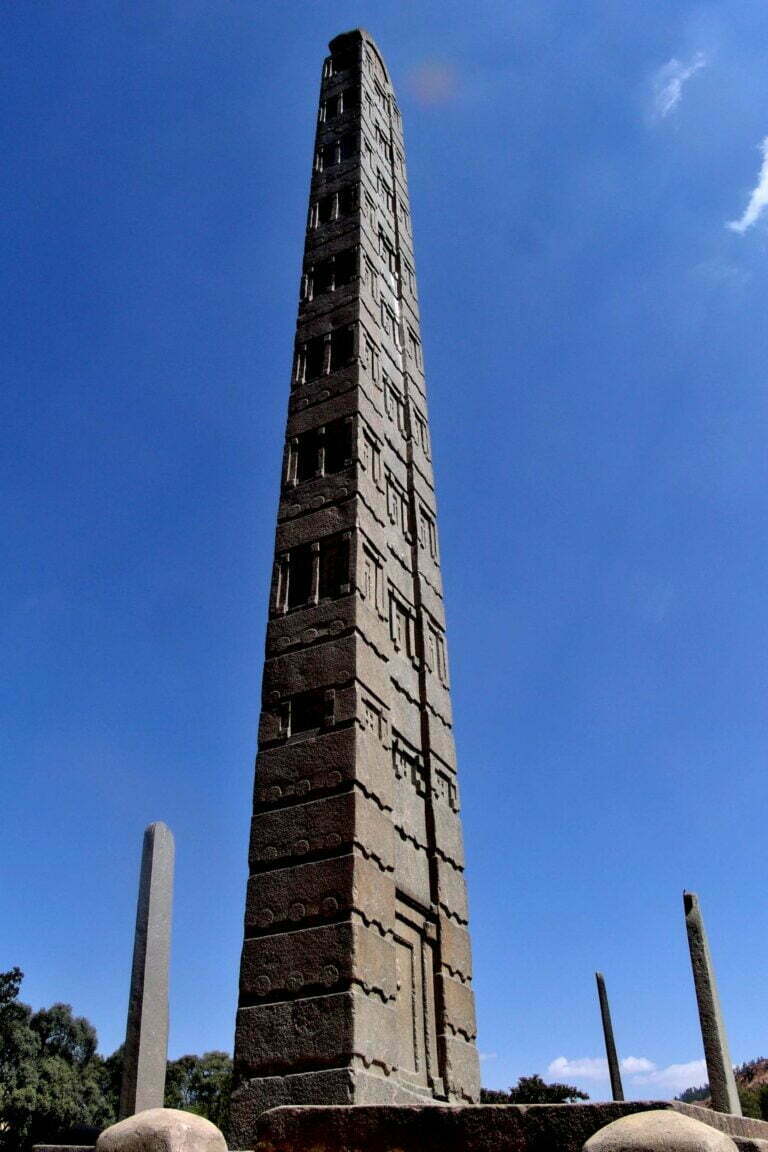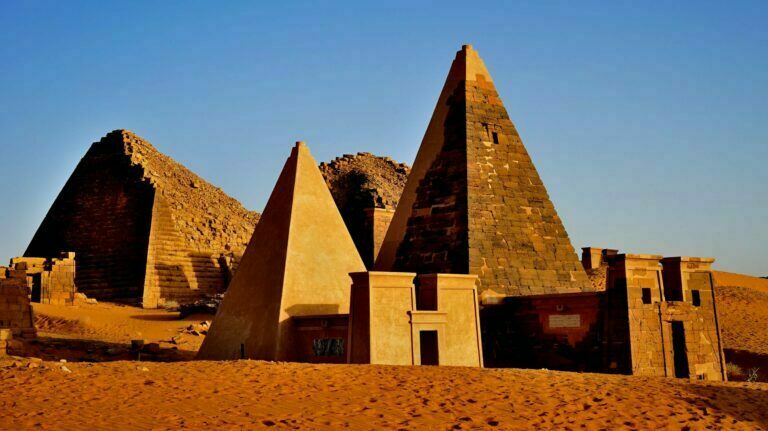
Matobo Hills, also known as Matopos, is a region of granite hills and kopjes (rocky hills) located in the southeast of Bulawayo, Zimbabwe, steeped in history and tradition. Some believe that these hills are haunted by the spirits of long-dead Ndebele chiefs. In these hills, you’ll find a tapestry of cultural and natural wonders. The name “Matobo” itself has various interpretations, with some suggesting it means “the rocks” (matombe or madombe), while others contend it signifies “bald heads” (matobo). Regardless of its etymology, Matobo Hills stands as a geological marvel. Erosion, shaped by the flow of rivers, has given rise to stunning rock formations and deep valleys, forming a landscape that spans an area of about 1,200 square miles and reaches an average height of 5,000 feet (1,500 meters). The region covers approximately 3,100 square kilometers and is characterized by a unique landscape of balancing rocks, granite domes, and wooded valleys. Here are some key points about Matobo Hills:

Botswana's Okavango Delta was named a UNESCO World Heritage Site in 2014 and it has some of the best places to see animals in Africa.

The Aksum Empire, alternatively known as the Kingdom of Aksum or Axum, represents an ancient civilization located in present-day Ethiopia and Eritrea. Situated near Ethiopia’s northern border, the city of Aksum serves as a poignant reminder of ancient Ethiopia’s heart. Flourishing from the 1st to the 13th centuries AD, the Aksum Kingdom held a formidable position between the Eastern Roman Empire and Persia. Archaeological remnants, including colossal obelisks, stelae, royal tombs, and ancient castle ruins, underscore the kingdom’s historical significance. Despite its decline in the 10th century, Aksum retained symbolic importance as the site where rulers were crowned. Presently, governance over the remnants of the Aksumite empire is shared among Ethiopia, Eritrea, Djibouti, Somalia, and Somaliland. Through strategic endeavors such as farming, cattle-raising, and trade route control, Aksum thrived by exchanging gold and ivory for luxury goods, contributing to Ethiopia’s cultural identity. Key features and aspects of the Aksum Empire include:

Meroe, also known as Meroe Pyramids or Nubian Pyramids and colloquially as Meroe Sudan, are pyramids in Sudan that were designated as a UNESCO World Heritage Site in 2011

Okavango Delta was added to the UNESCO World Heritage List in 2014. Some facts about the Okavango Delta that will make you want to go there.

Heritage in Africa. UNESCO World Heritage Sites in Africa. Historical Sites in Africa. African Historical Sites. Africa UNESCO Sites. Heritage of Africa.





